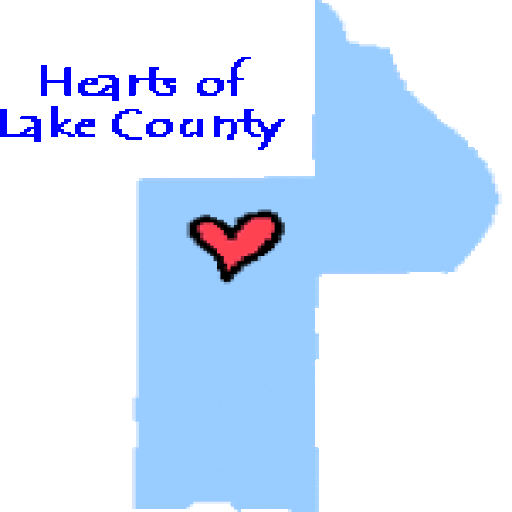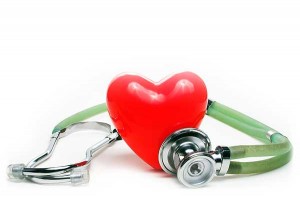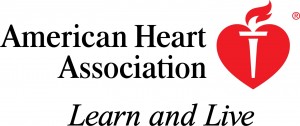CPR Facts and Statistics
- About 75 percent to 80 percent of all out-of-hospital cardiac arrests happen at home, so being trained to perform cardiopulmonary resuscitation (CPR) can mean the difference between life and death for a loved one.
- Effective bystander CPR, provided immediately after cardiac arrest, can double a victim’s chance of survival.
- CPR helps maintain vital blood flow to the heart and brain and increases the amount of time that an electric shock from a defibrillator can be effective.
- Approximately 95 percent of sudden cardiac arrest victims die before reaching the hospital.
- Death from sudden cardiac arrest is not inevitable. If more people knew CPR, more lives could be saved.
- Brain death starts to occur four to six minutes after someone experiences cardiac arrest if no CPR and defibrillation occurs during that time.
- If bystander CPR is not provided, a sudden cardiac arrest victim’s chances of survival fall 7 percent to 10 percent for every minute of delay until defibrillation. Few attempts at resuscitation are successful if CPR and defibrillation are not provided within minutes of collapse.
- Coronary heart disease accounts for about 550,000 of the 927,000 adults who die as a result of cardiovascular disease.
- Approximately 335,000 of all annual adult coronary heart disease deaths in the U.S. are due to sudden cardiac arrest, suffered outside the hospital setting and in hospital emergency departments. About 900 Americans die every day due to sudden cardiac arrest.
- Sudden cardiac arrest is most often caused by an abnormal heart rhythm called ventricular fibrillation (VF). Cardiac arrest can also occur after the onset of a heart attack or as a result of electrocution or near-drowning.
- When sudden cardiac arrest occurs, the victim collapses, becomes unresponsive to gentle shaking, stops normal breathing and after two rescue breaths, still isn’t breathing normally, coughing or moving.


